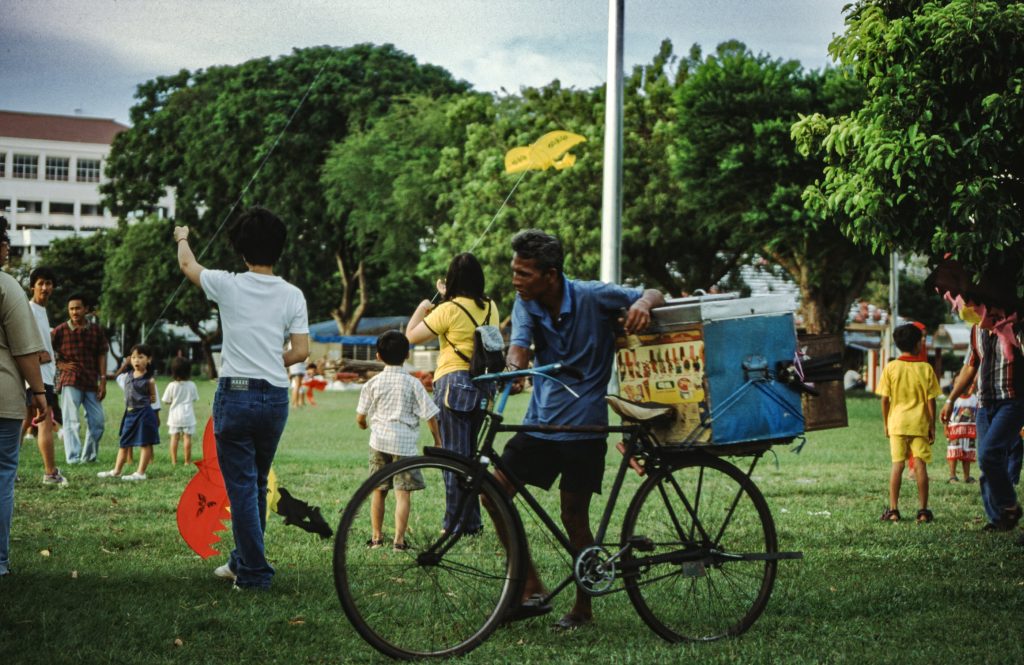In the vibrant landscape of Mexico, a confluence of art, politics, and safety concerns paints a complex picture of the nation’s current state. The dream of renowned Mexican artist Diego Rivera from the 1940s to establish a sanctuary for pre-Hispanic art reflects the deep cultural heritage that the country cherishes. Rivera envisioned a sacred space where the rich history of Mexico could be preserved and appreciated, a vision that resonates with today’s efforts to celebrate and protect cultural legacies.
However, the political climate in Mexico has dramatically shifted in recent years. The policies and reforms once championed by President Andrés Manuel López Obrador (AMLO) are now under scrutiny as the nation grapples with pressing issues such as economic instability and rising crime rates. This political turbulence has sparked debates among citizens and analysts alike, questioning the direction in which the country is headed and the implications of these changes on the everyday lives of Mexicans.
Amidst this backdrop of cultural pride and political upheaval, safety concerns loom large. The recent assassination attempt on the founder and CEO of a prominent Mexican plastics processing company has highlighted the alarming levels of violence that can impact even the most successful business figures. The ambush of his armored vehicle serves as a stark reminder of the ongoing threats faced by individuals in positions of power and wealth, shedding light on the broader issues of crime and security that plague various sectors of society.
As Mexico navigates these multifaceted challenges, the resilience of its people and the enduring allure of its culture remain pivotal. The arts, embodied by Rivera’s legacy, continue to inspire hope and unity. Meanwhile, citizens are increasingly vocal about their political rights and the need for accountability in governance. This growing civic engagement reflects a population that, despite the odds, strives for a better future.
In conclusion, Mexico stands at a crossroads, where the rich tapestry of its history, the dynamics of contemporary politics, and the urgent need for safety intertwine. As the nation moves forward, it must balance the preservation of its cultural heritage with the demands of a rapidly changing political landscape and the urgent call for improved public safety. The ongoing dialogue between these elements will undoubtedly shape the future of Mexico, making it a focal point of interest for both locals and the international community.

